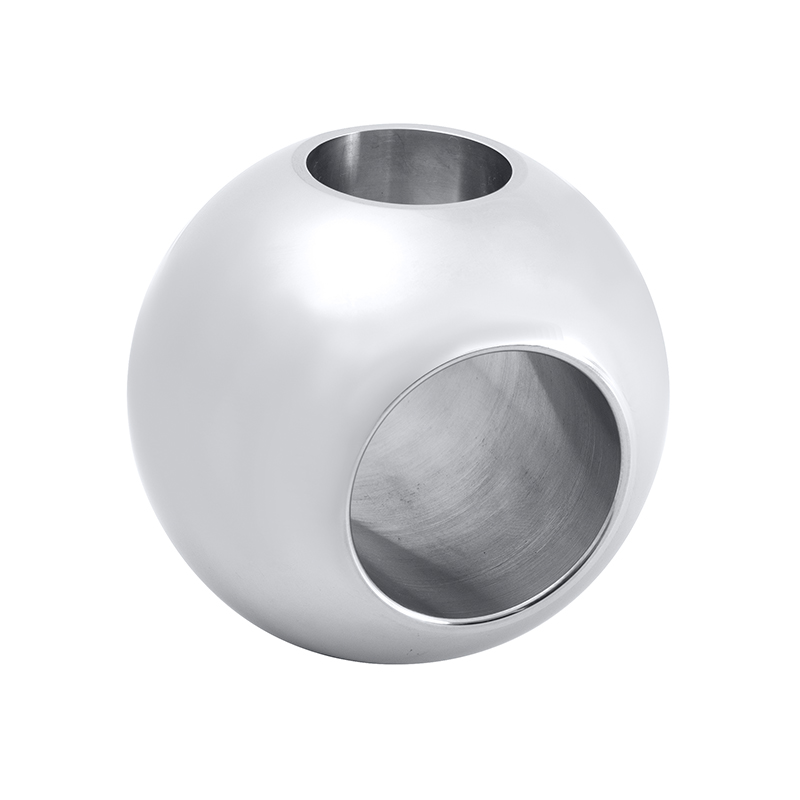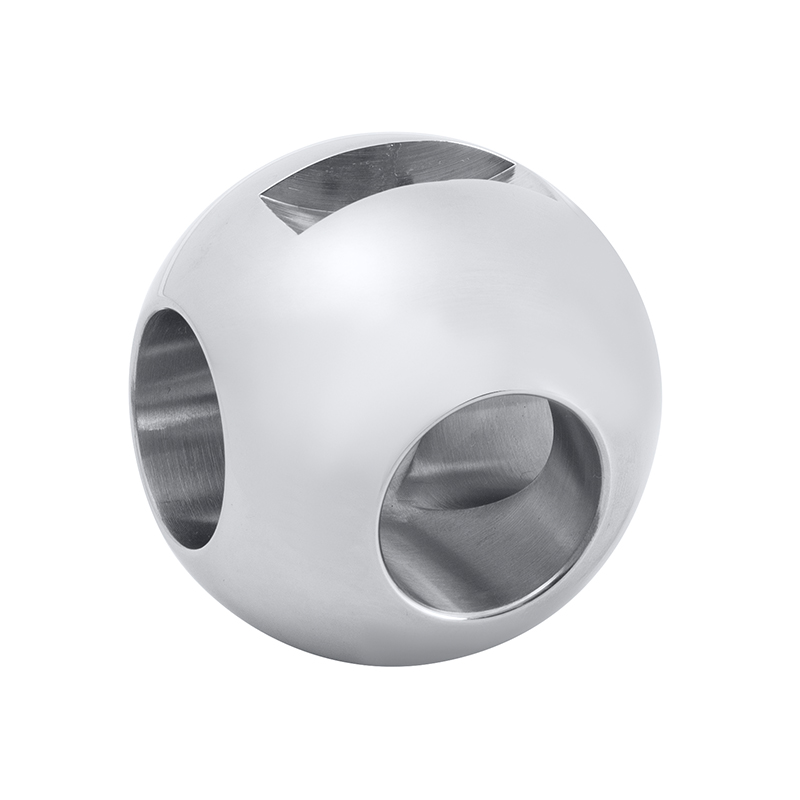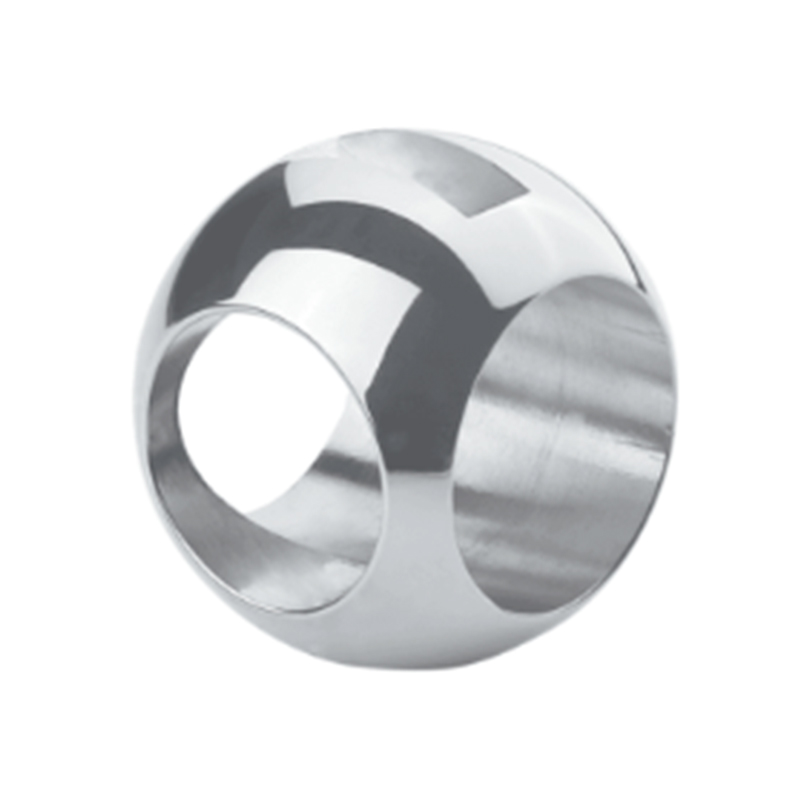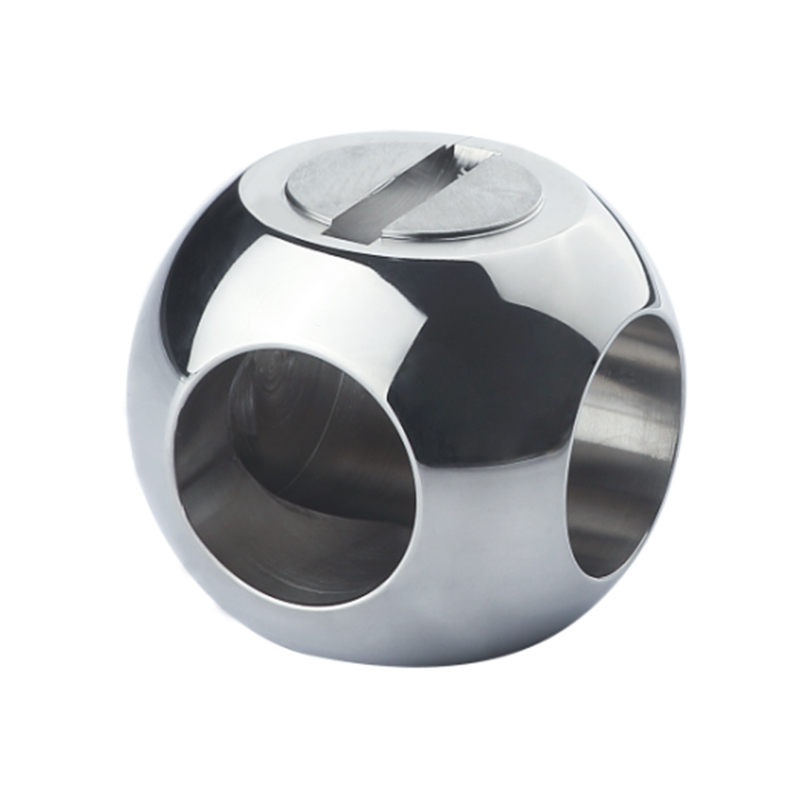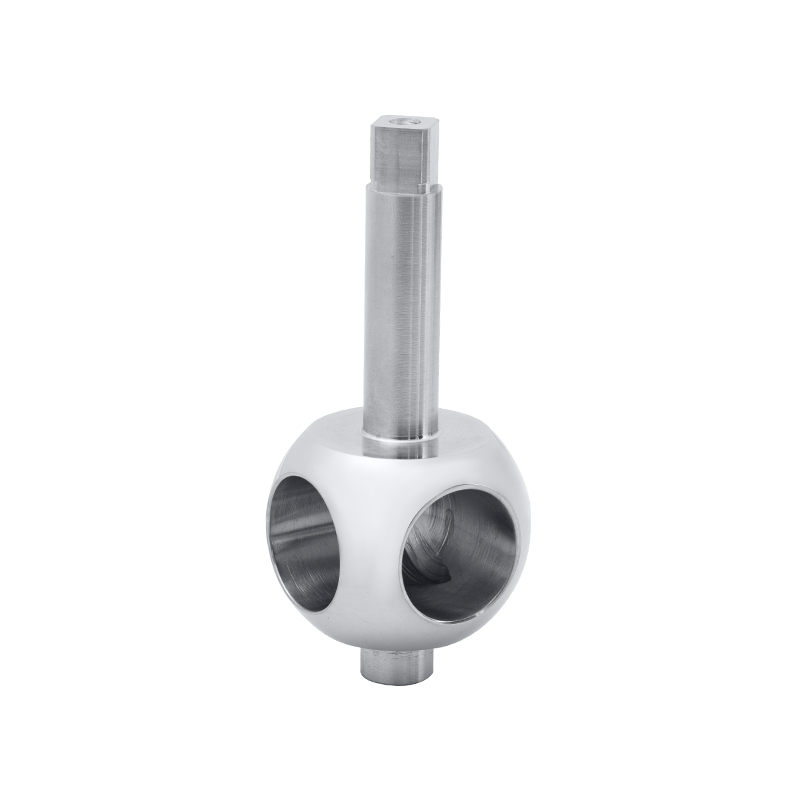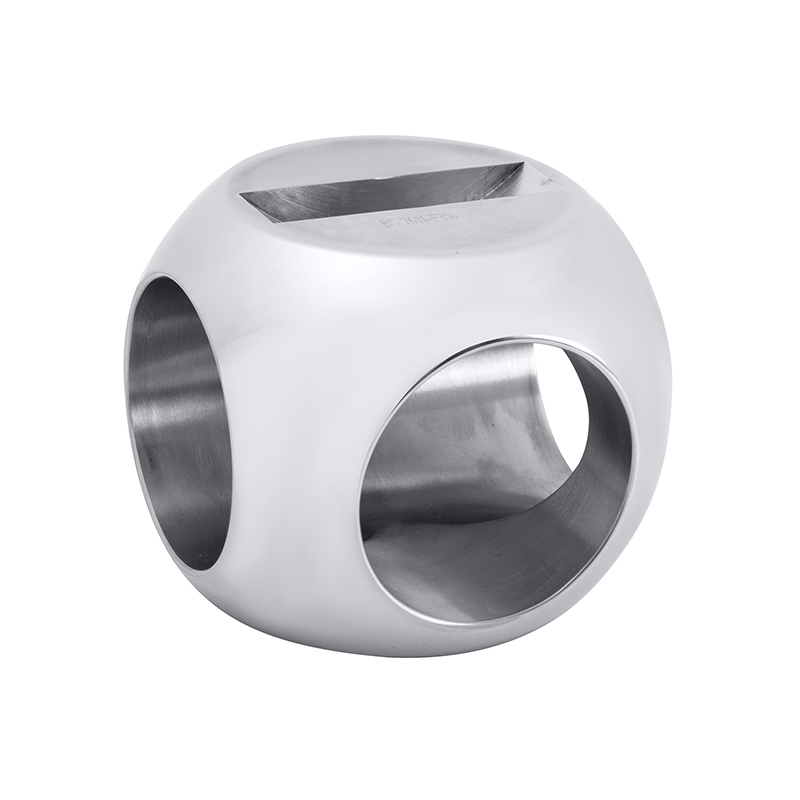The global market for high-performance valve balls is witnessing significant growth driven by increasing demand across various industrial sectors. Valve balls play a critical role in controlling fluid flow in numerous applications, ranging from water treatment and oil and gas to chemical processing and manufacturing industries. This article explores the key market drivers shaping the demand for specific types of valve balls, including the low pressure ball float valve, 3 port ball valve, and SUS ball valve, highlighting their applications and the factors influencing their growth.
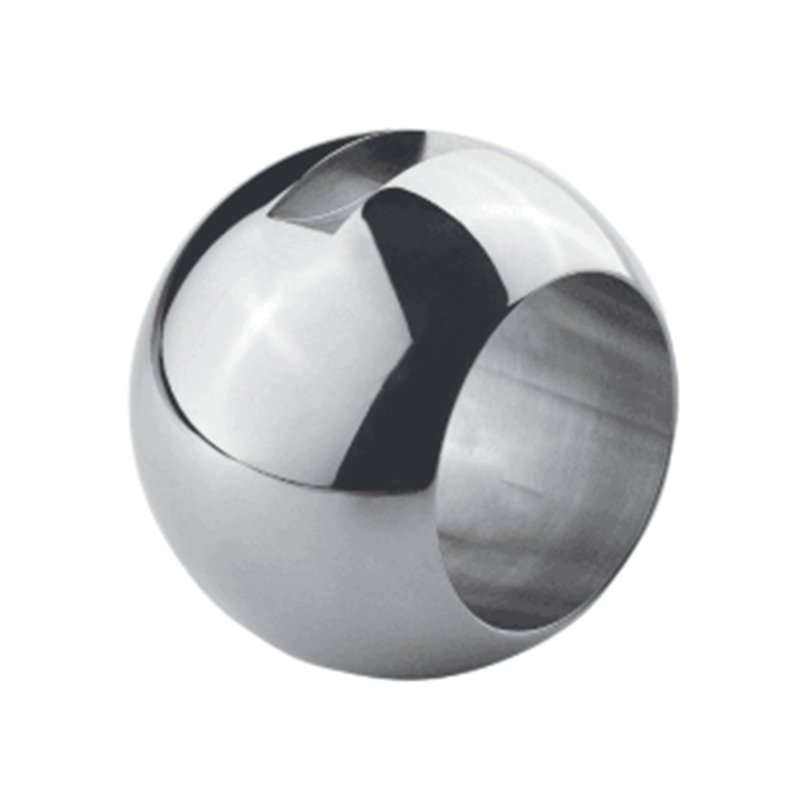
Growing Demand for Low Pressure Ball Float Valves
One of the major contributors to the rising demand for valve balls is the widespread use of low pressure ball float valves. These valves are designed to regulate liquid levels by automatically opening or closing based on the buoyancy of the ball float, which moves with the liquid surface. Their ability to efficiently control water or fluid levels without requiring external power sources makes them suitable for applications in water tanks, irrigation systems, and industrial fluid storage.
The emphasis on water conservation and automation in various sectors is driving the adoption of low pressure ball float valves. Municipal water supply systems and agricultural irrigation are increasingly integrating these valves to ensure consistent water levels and reduce wastage. Furthermore, the relatively simple design and maintenance-friendly nature of low pressure ball float valves contribute to their growing preference among end users.
Versatility of 3 Port Ball Valves
Another significant factor fueling the market is the versatility of 3 port ball valves. Unlike traditional 2 port valves, 3 port ball valves offer three openings, allowing fluid flow to be directed in multiple directions. This design flexibility enables their use in complex piping systems where flow diversion, mixing, or shutoff is required.
Industries such as pharmaceuticals, chemical manufacturing, and HVAC systems rely on 3 port ball valves for their ability to manage multi-directional flow efficiently. The capability to switch between different flow paths without the need for additional fittings reduces system complexity and enhances operational efficiency. Additionally, 3 port ball valves are often designed with features such as anti-corrosion coatings and temperature resistance, increasing their suitability for harsh environments.
The demand for compact and integrated valve solutions in automated processes also supports the adoption of 3 port ball valves. Their adaptability in both manual and automated systems allows manufacturers to streamline fluid control mechanisms, which is a valuable advantage in process optimization.
Importance of SUS Ball Valves in Corrosive Environments
Material composition plays a crucial role in the performance and durability of valve balls. The demand for SUS ball valves, typically made from stainless steel (SUS refers to the Japanese Industrial Standard for stainless steel), is driven by their corrosion resistance and mechanical strength. These valves are widely used in environments where exposure to aggressive chemicals, high humidity, or cold temperatures is common.
SUS ball valves find extensive application in the chemical processing industry, food and beverage production, marine environments, and pharmaceutical manufacturing. The stainless steel construction helps maintain valve integrity and prevents contamination, which is vital in industries with stringent hygiene and safety standards.
Moreover, the global push towards sustainable industrial practices encourages the use of materials that extend the lifecycle of equipment and reduce replacement frequency. SUS ball valves contribute to this by providing reliable performance over extended periods, even in demanding conditions.
Additional Market Influences
Several broader trends and factors contribute to the expanding market for high-performance valve balls, including the three types mentioned above:
Industrial Automation: Increasing automation in process industries drives demand for reliable valve components. Valve balls that offer precise control and durability, such as low pressure ball float valves and 3 port ball valves, are integral to automated fluid management systems.
Energy Efficiency and Environmental Regulations: The focus on reducing energy consumption and less environmental impact encourages the adoption of efficient valve solutions. Float valves help regulate water levels efficiently, while SUS ball valves ensure leak-proof operation in chemical and petrochemical plants, reducing waste and emissions.
Infrastructure Development: Expanding infrastructure projects in emerging economies, including water treatment plants and chemical manufacturing facilities, create new opportunities for valve ball manufacturers. These projects require robust and adaptable valve solutions capable of handling diverse fluids and operating conditions.
Technological Advancements: Innovations in valve design, materials, and manufacturing processes enhance the performance and lifespan of valve balls. Developments such as improved sealing technologies and corrosion-resistant coatings contribute to the increased reliability of products like SUS ball valves and 3 port ball valves.
The global market for high-performance valve balls is influenced by multiple drivers that emphasize durability, efficiency, and adaptability. The low pressure ball float valve meets the need for effective level control in water management, while the 3 port ball valve offers versatile fluid flow options for complex piping systems. Meanwhile, the SUS ball valve caters to industries requiring corrosion-resistant and robust valve components.
As industrial sectors continue to evolve with increasing automation, sustainability goals, and infrastructure demands, these valve ball types will remain essential components. Manufacturers focusing on material innovation and application-specific solutions are likely to benefit from the growing market opportunities in the valve ball segment worldwide.

 English
English Español
Español Deutsch
Deutsch
